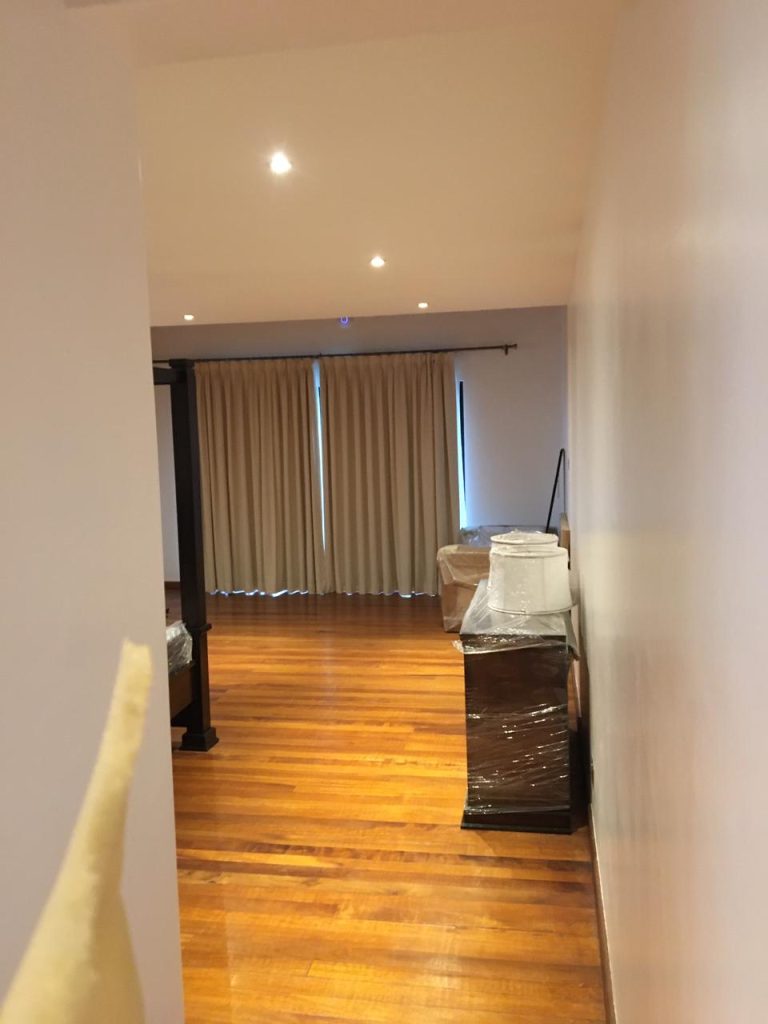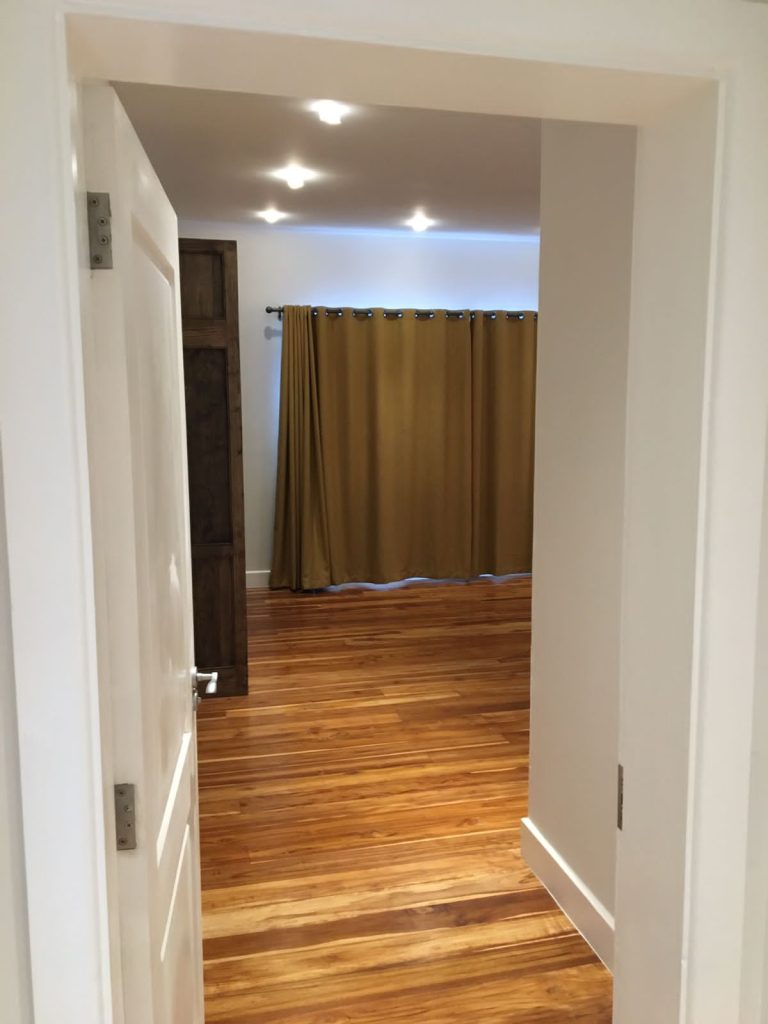Our Commitment to the Environment
We believe in harnessing the beauty of nature while preserving it for future generations. Our commitment to sustainability is deeply ingrained in every aspect of our business.
Sourcing Practices
We source sustainable timber from Uganda, DRC, and South Sudan. Our timber species are harvested sustainably and kiln dried to enhance durability.

Partnerships with Sustainable Forestry Organizations:
Afritsavo Hardwood partners with global certification bodies to ensure responsible timber sourcing. This guarantees that their products meet high environmental and social standards, giving customers peace of mind.
Traceability and Transparency:
We prioritize transparency in our sourcing. Our advanced tracking systems ensure full traceability of our timber, from forest to product. Customers can verify the origin and sustainability of their wood, aligning with their environmental values and project requirements.
Our Commitment to Sustainability
By highlighting these environmental benefits, Afritsavo Hardwood Supply Company Ltd. demonstrates our commitment to promoting sustainable building practices that not only create beautiful and functional spaces but also protect and enhance our natural environment for future generations
Green building materials, such as sustainably sourced timber, have a significantly lower carbon footprint compared to traditional construction materials. The use of renewable resources like wood helps to sequester carbon dioxide, thus reducing greenhouse gas emissions and mitigating climate change.
Sustainable building practices emphasize the efficient use of resources. Our mill work services ensure that timber is processed with minimal waste, maximizing the use of each log and reducing the overall demand for raw materials. This efficiency is crucial in conserving natural resources and reducing environmental degradation.
Kiln drying enhances the durability and stability of timber, leading to longer-lasting building materials. Durable materials mean fewer replacements and repairs over time, which translates to less resource consumption and waste generation, contributing to a more sustainable lifecycle for buildings.
By sourcing timber from well-managed and legally compliant forests, we support conservation efforts that protect biodiversity and maintain healthy ecosystems. Sustainable forestry practices ensure that forests can regenerate and continue to provide environmental benefits such as clean air and water, soil stability, and habitat for wildlife.
Green building materials often have lower levels of volatile organic compounds (VOCs) and other harmful chemicals, which contribute to healthier indoor air quality. This is essential for the well-being of building occupants, reducing health risks associated with poor air quality.
Sustainable materials and construction techniques often improve the energy efficiency of buildings. For example, wood has natural insulating properties that help maintain comfortable indoor temperatures, reducing the need for heating and cooling and thereby lowering energy consumption and associated emissions.



